Does the New High, New Low Ratio still work?
Of course it does but just keep in mind that it’s a longer term indicator rather than a short term buy and sell signal. I make today’s post due to what I am seeing with the NH-NL differential as it is starting to tread near positive territory for the first time in many months. The key for a sustainable bull market will be a push to a new 52-week high for this indicator.

“Chart provided courtesy of “DecisionPoint.com”
For a history of NH-NL posts, please see this category.
How about the foreshadowing provided in the post I made on August 21, 2007? Talk about calling a top!
According to Carl’s data, we must go back to 1998 to find a lower reading than last week’s NH-NL ratio. Even more amazing is the fact that we must then go back 20 to 38 years to find readings in the same vicinity as 1998 and 2007.
Ignoring the spike in 1987, we must visit the 1970’s to find readings below the -400 level on the chart.



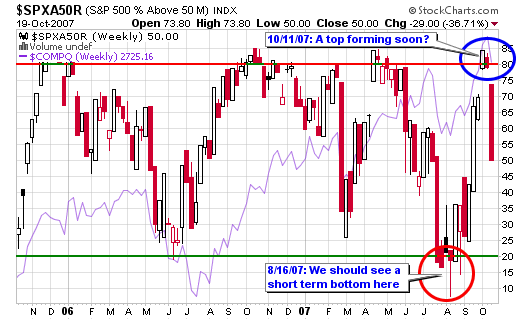
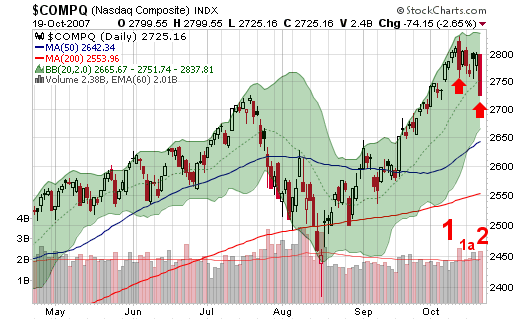
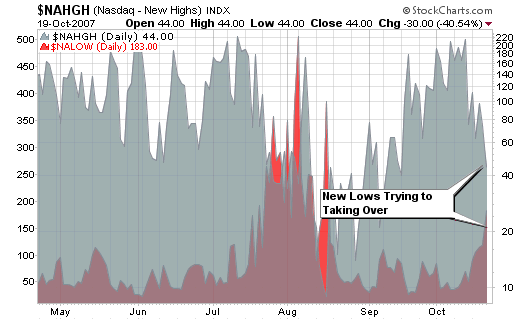
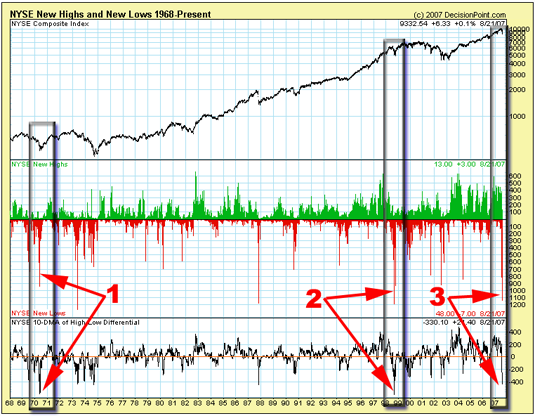

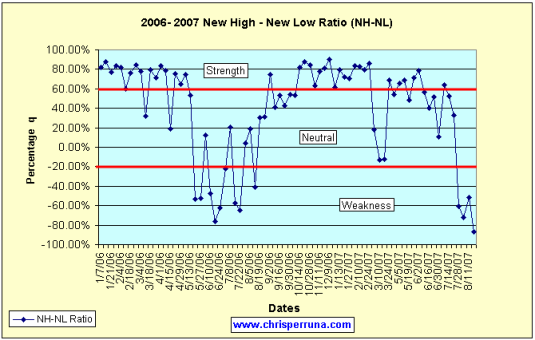
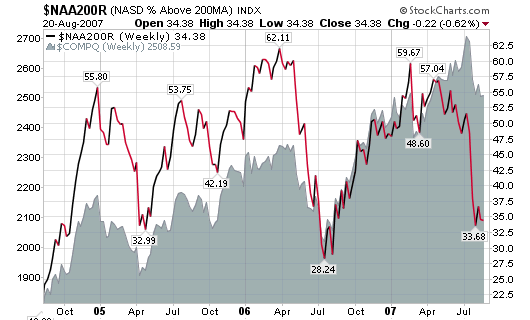

Connect with Me